
Estanislao Suárez Suárez walks calmly among bags of empanadas, doughnuts, and yucas that hang in a line from metal hooks at his general store in Corralillo, Nicoya.
Mr. “Tanis” — as he is known by friends — arrived 65 years ago in Corralillo from the Pozo de Agua community to start a business in which residents didn’t have to travel hours on horseback (15 kilometers with lots of hills) to buy rice, sugar, coffee and beans.
This Nicoyan ended up becoming, without planning it, one of the most distinguished founders and celebrities of Corralillo. Not only did he donate the land for the local health clinic, the child nutrition center and part of the Catholic church, but he is one of the oldest living residents at 101.
At his age, this centenarian doesn’t have any malaise. And to prove that he sits on a wood stool in the corner of his store, vigorously stretches out one of his legs and takes his sandal off. “Nothing hurts. I don’t even know what a headache is,” he says seriously.
While Mr. Tanis feels his health is intact, he doesn’t believe that new generations will be able to age as easily.
“What we ate before was produced by the land. Now what we eat is chemical based,” he explains, sitting underneath a bunch of packages of tortillas. The diet that he had, based on products cultivated in the backyard of his house like corn and beans, is one of the keys to living longer.
Diabetes and Lurking Obesity
The author and discoverer of the world’s five blue zones, Dan Buettner, asserts that scientific studies show that food is one of the secrets to longevity.
“The fast food culture from the United States has reached Nicoya. This food is toxic, it causes diabetes, obesity and chronic illness,” the dismayed American said during the last Blue Zone Conference, which was held in Nicoya on November 17.
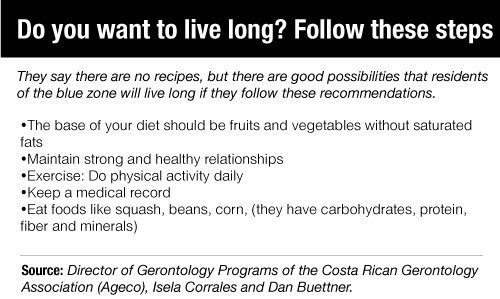
The researcher’s fear shouldn’t be taken lightly. Between 2015 and 2017, the Costa Rica Social Security Institute’s Health Office (in Spanish, CCSS) diagnosed 3,667 new cases of people between 20 and 65 years-old with obesity in Nicoya alone.
“The new generations prefer to eat a plate of french fries than a tortilla with cheese,” asserts the director of the Health Office Tannia Sanchez.
While in Nicoya and Santa Cruz the number of cases of diabetes doesn’t appear to have a defined pattern, the cases continue to accumulate. However, what has increased is the mortality rate, which grew from 29 to 44 cases in Nicoya from 2011 to 2016 and in Santa Cruz from 11 to 28.
One of those cases is Alberto Suárez Guevara, Mr. Tanis’s son. At 66, he hopes to reach the triple digits in age with the same lucidity and quality of life as his father. But he recognizes that he needs to watch closely what he eats, especially since a few years ago he had a heart attack and he has type two diabetes. He has to inject himself with insulin everyday.
“Now I take it easy on the fats and I eat less salt,” he says about his diet.
Lucia Suárez Guevara is Tanis’s oldest daughter and she had breast cancer, which she beat in 1991.
At 68 years-old, she has glaucoma and high blood pressure. She believes that food habits like eating fast will end up hurting the longevity of Nicoyans.
“I think Nicoya is going to lose its blue zone status because life is fast,” she said. “Creole is getting left behind and now no one wants to cook.”
Buettner, the researcher, recognized that the recent Blue Zone Conference was a first step taken by the government to raise awareness in Guanacaste and the rest of the country about the importance of maintaining, in the coming years, the possibility of living long.
“Guanacastecans should celebrate typical food from here. It’s so simple that they don’t realize the power that these foods have,” he said.


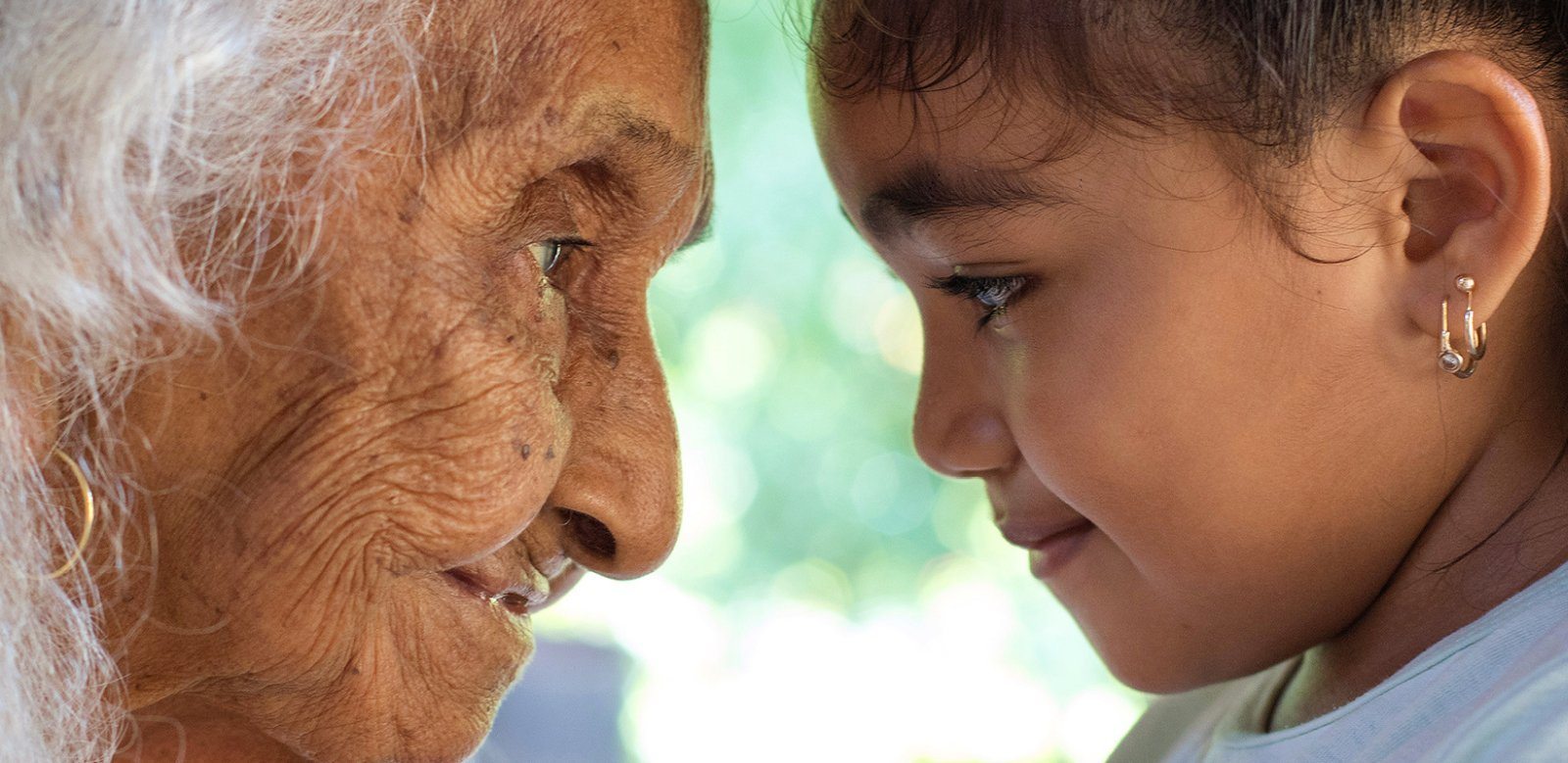
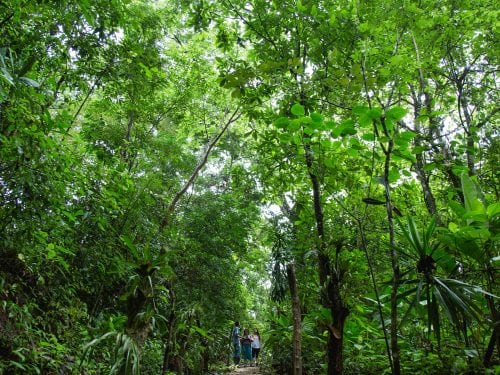
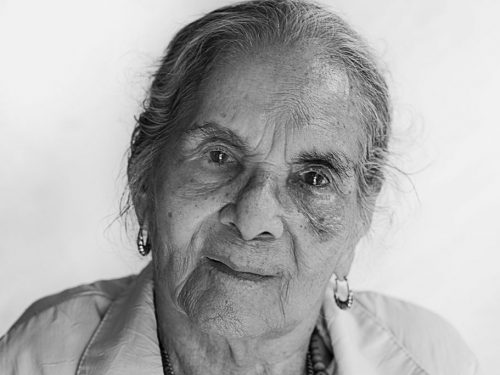
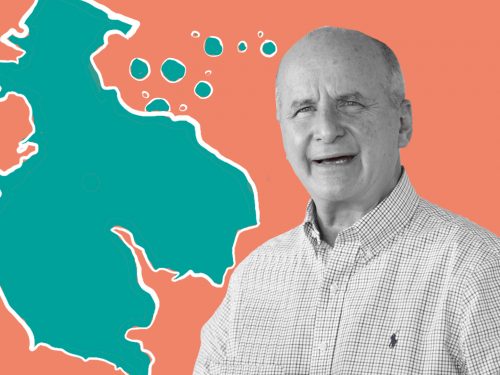

Comments